Hurricanes are inevitable. As we approach hurricane season, please welcome guest contributor, Lee Flynn, as he shares with us Greatest World Hurricanes and Preparing for Them.
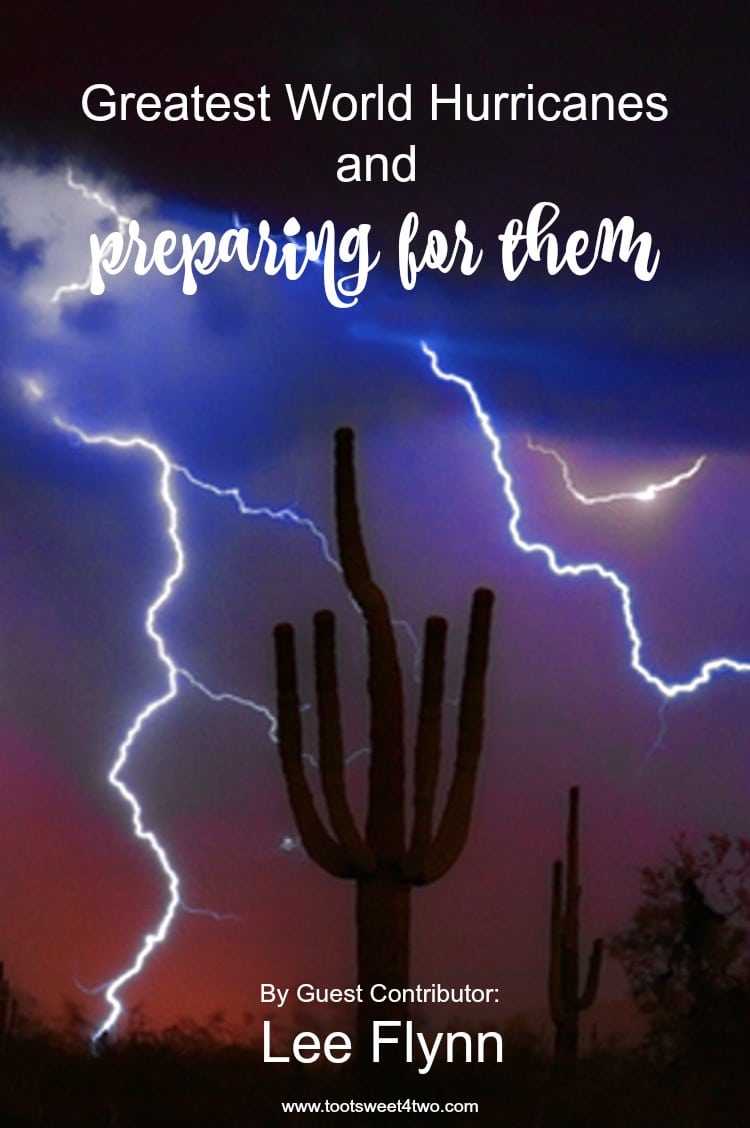
With an ongoing trend of increased storm activity, it is crucial to have some sort of plan in place to deal with hurricanes, tornadoes and other natural disasters. Unfortunately, storms are more intense and bigger every year. Furthermore, the rise in loss of life, casualties and damages sustained increases exponentially.
Greatest Recent Storms in Terms of Loss
Let’s begin by stating the obvious: tropical storms are not going away! Not counting tropical storms that hit the U.S. mainland and elsewhere within the last 20 years, let’s focus on mega storms.
“Super storm Sandy” first barreled across Cuba, Haiti, the Dominican Republic and other Caribbean countries in 2012. Beginning as a mere tropical wave, Hurricane Sandy left damages to the tune of about USD $75 billion. Hundreds lost their lives before it finally disappeared into hurricane history.
What You Need As Minimum
Storms are not a phenomenon endemic to the U.S. alone. Let’s look at some things you’ll need in place when a horrific storm hits and havoc ensues – wherever you live.
If you live in a region particularly susceptible to hurricanes and other forms of wind storms, implement the following measures before your particular adverse weather season begins:
- Plan for a two to three-week minimum supply of fresh water. Drinking and bath water supplies are usually the first depleted.
- Stock pile supplies of food.
- Pack clothing, extra shoes.
- Medicines, over the counter supplies and life-support backup systems are a must.
- Check that you have blankets, waterproof tarps, sleeping bags.
- First aid kits and emergency backup generators are also highly recommended.
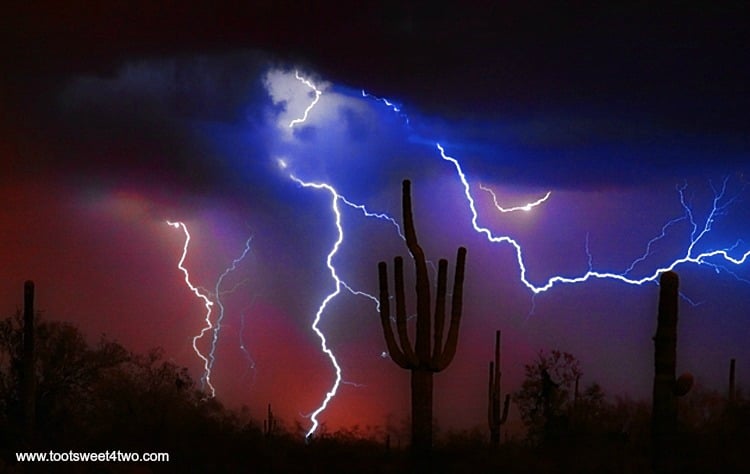
Hurricane Aftermath Plan
Needless to say, in a flooding event such as Hurricane Katrina, everything disappears. However, not all flooding is as severe as that nightmare scenario was for so many thousands of people. Here are more tips to be better prepared in a hurricane’s aftermath:
- Have on hand the phone numbers of carpet cleaning and storm restoration companies. Doing so will save you time and extra stress in an emergency.
- Likewise, it is vital to have phone numbers of building contractors. You may need woodwork done on your property.
- When wind and rain disaster strikes, carpet cleaning for a clean environment is a must as well wood restoration.
- Generally, even after minimal flood damage, cabinet refinishing or even total cabinet replacement is needed. Doing so avoids the potential infestation of termites and later, health issues developing from mold.
- In addition to cleaning crews, you’ll need someone to help with broken glass, unhinged doors and broken fences, etc.
- Also, remember roof damage. This may be the most important project you’ll have to tackle in the wake of strong winds and downpours.
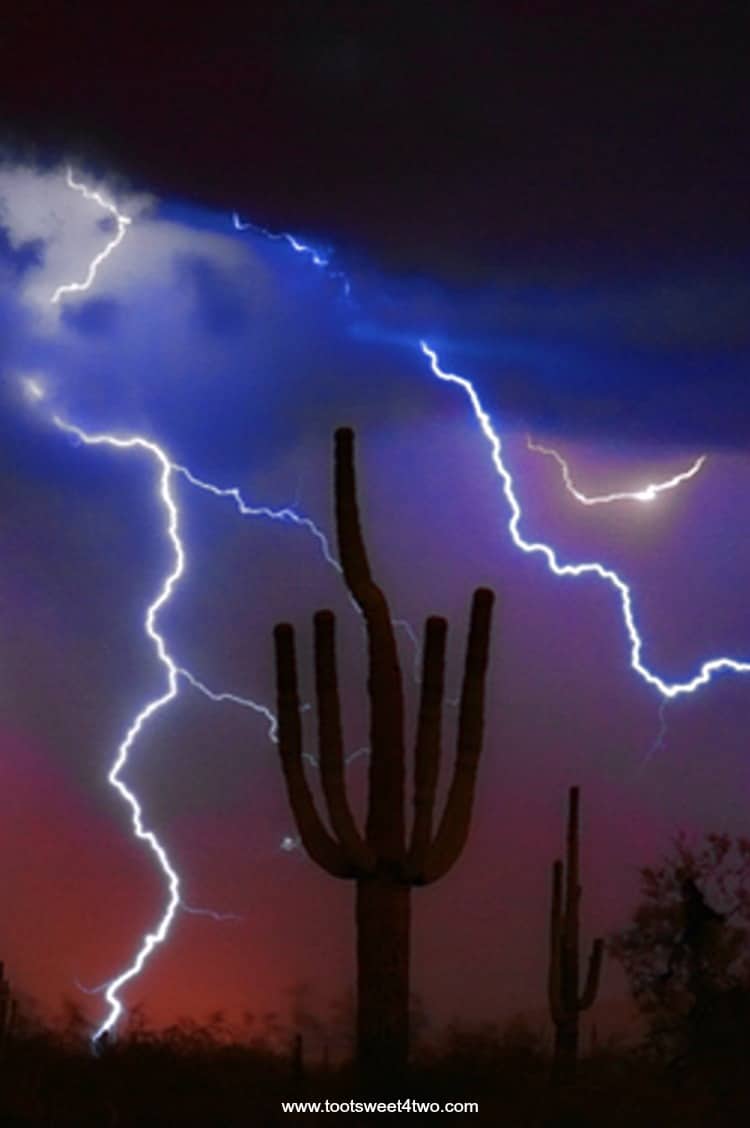
Hurricanes: Big or Small
In the too recent memory of many people, 2005 was a catastrophic year with five back-to-back tropical storms hitting the United States mainland. One after another they came – including the fifth one by the infamous name of Hurricane Katrina.
First crossing southern Florida on August 23, 2005, one day before Hurricane Andrew arrived on August 24, 1992, Katrina began as a Category 1 hurricane. Before it was over, she exploded into an unthinkable Category 5 with sustained winds of 175 miles per hour. By August 29, New Orleans was underwater. Most of the Gulf Coast was wiped out and more than 1,836 people were killed.
A look back at some of the most devastating hurricanes - Sandy, Katrina and Andrew - and tips to prepare for the next super storm. #hurricanes Click To Tweet
The U.S. is still a major world power with almost unlimited resources. And, the passing years have provided ample opportunities for many people to recover and recuperate. However, in third-world countries, others have not fared as well.
India, and Bangladesh in particular, are especially prone to cyclones and typhoons that leave nothing but devastation and heartache for countless numbers of people. In 2007, Cyclone Sidr slammed into Bangladesh. Hundreds of thousands of people were left without homes, much-needed crops, or livestock. And, loss of life amounted to more that 3,500 people.

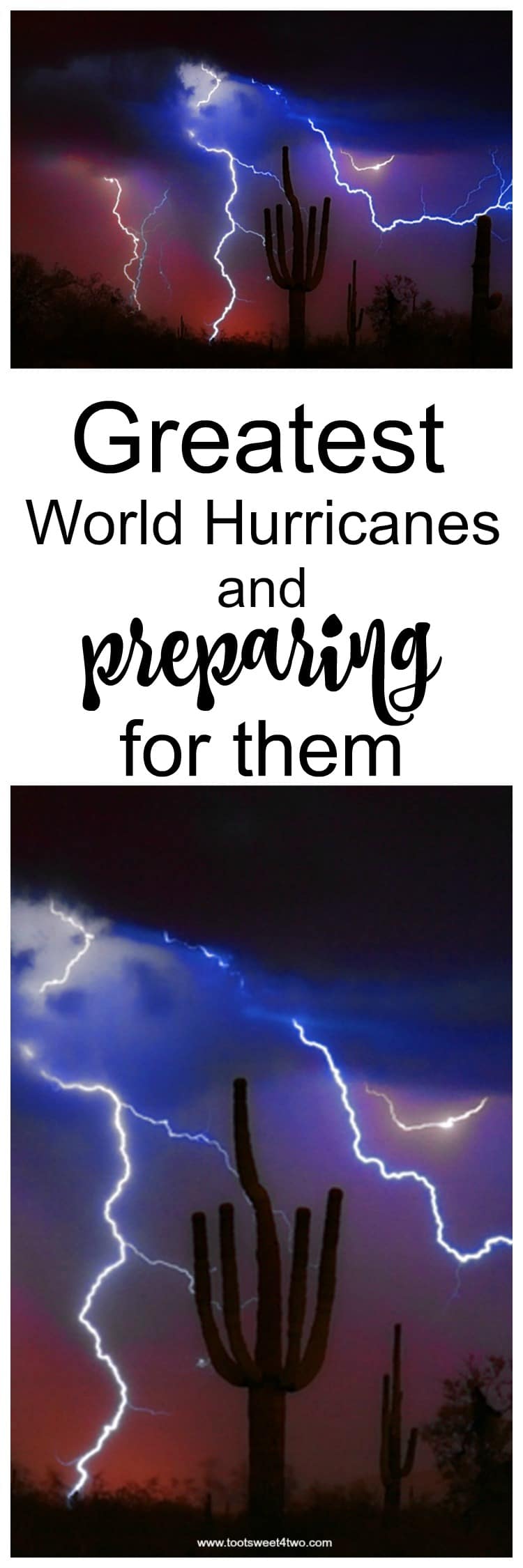
No, hurricanes will never cease, but technology does advance. Early warning systems, when heeded, can save millions of lives. Making even some of the above mentioned preparations can do much to aid in recovery efforts. However, the greatest asset one can have is ensuring precautionary measures are in place for your family – so choose wisely.
 Author bio:
Author bio:
Lee Flynn is a freelance writer. Through small local workshops and articles, Lee trains and teaches others on home preparation, healthy living, food storage techniques and self reliance. Follow him on twitter @foodstorage101.
Want a basic emergency kit that is already put together for you (this post contains affiliate links for your convenience. Click here to read Toot Sweet 4 Two’s full disclosure policy.)? Here are some that might work for you:
Emergency and Survival Kits and Gear
Related Posts from Toot Sweet 4 Two’s Archives:

15 Tips to Prepare for Extreme Summer Heat
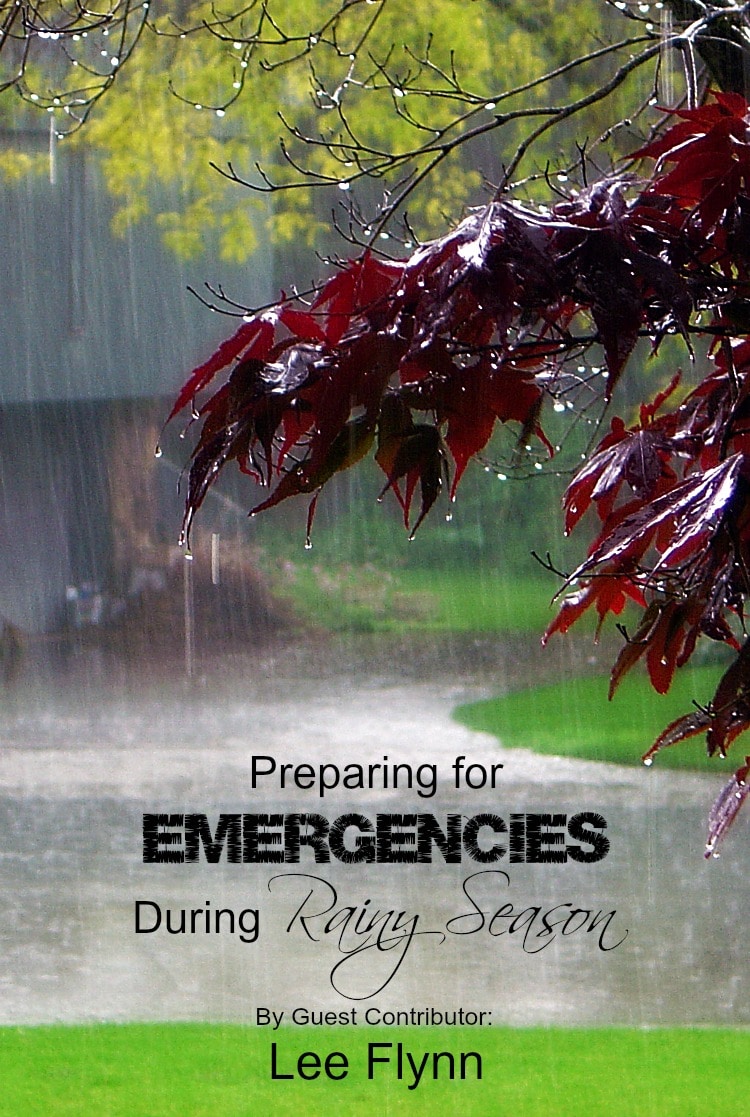
Preparing for Emergencies During Rainy Season
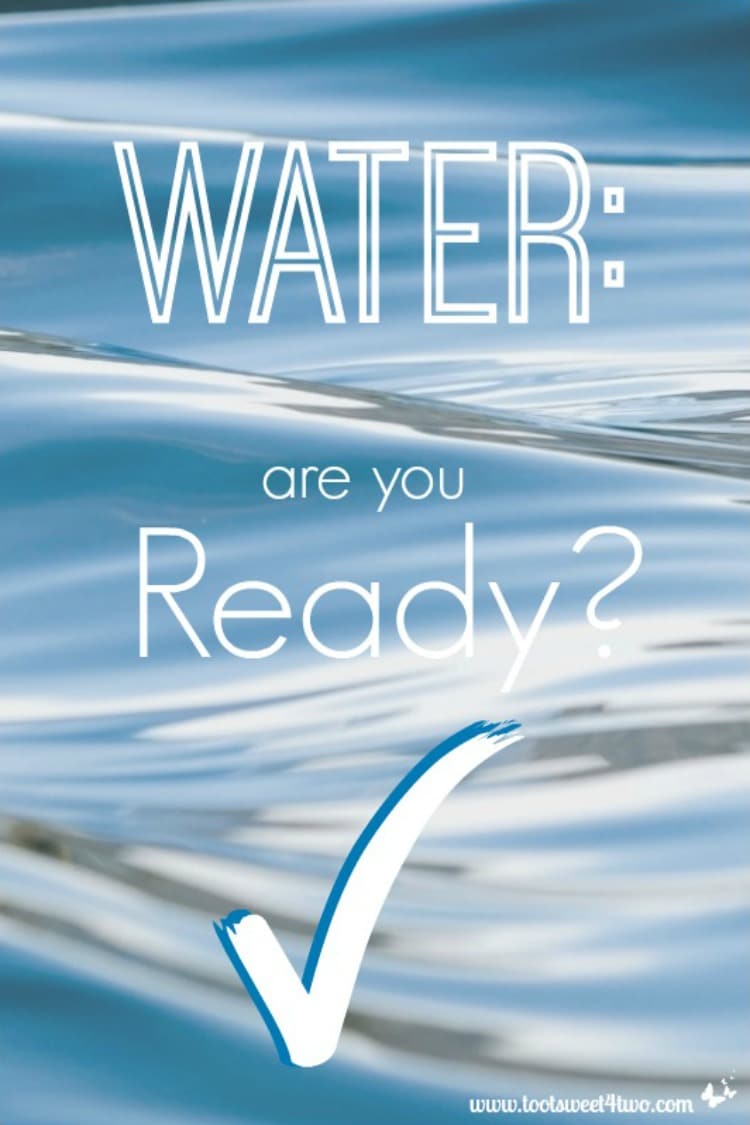
You Might Also Like:
Are You Prepared for a Real Disaster? Here’s a Plan from the San Diego Union-Tribune
Emergency Preparedness Candle Kits from Avry at Craft Yourself
How to Turn Any Handbag into an Emergency Kit from Lisa at The Survival Mom
 Author bio:
Author bio:
Hurricanes are serious business. It’s hard to get folks to take it seriously and plan. I have my bugout bag and am ready to go!
You are so right! Good for you for being pro-active. You get an A+ on this task! Thanks for stopping by.